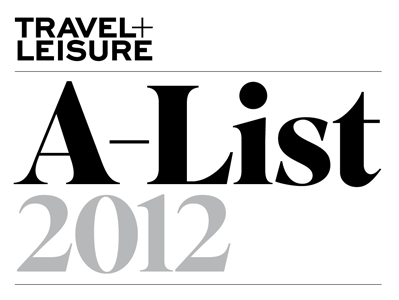Taxes, tipping, and service charges in Italy are an ever fluid subject that never fails to befuddle visitors. No matter how many times you’ve been, these things are highly subject to change, and just recently, the city of Rome dramatically upped their hotel taxes, so I wanted to talk to you about how these work.
Hotel taxes apply even if you are not stay in something that would be strictly referred to as a hotel. They come up at:
The only exception is hostels, and the prices of the tax depends on the level of the establishment. 1- and 2-Star hotels stars carry a 3 EU per night tax, 3-star hotels a 4 EU per night tax, 4-star hotels a 6 EU per night tax, and 5-star hotels a 7 EU per night tax.
Agriturisms are taxed 4 EU per night, camp sites 2 EU per night, and all other types of accommodation 3.5 EU per night. And all prices are per person.
As hotels do not want to constantly raise their prices to reflect these taxes, you must pay the taxes separately from your room rate, typically on arrival. The hotel taxes go toward services for tourists, as well as tourism marketing, in addition to city developments that affect tourists, such as street improvement.
Hotel taxes apply even if you are not stay in something that would be strictly referred to as a hotel. They come up at:
- hotels
- B&Bs
- rental homes and apartments
- camp sites
- guest houses
The only exception is hostels, and the prices of the tax depends on the level of the establishment. 1- and 2-Star hotels stars carry a 3 EU per night tax, 3-star hotels a 4 EU per night tax, 4-star hotels a 6 EU per night tax, and 5-star hotels a 7 EU per night tax.
Agriturisms are taxed 4 EU per night, camp sites 2 EU per night, and all other types of accommodation 3.5 EU per night. And all prices are per person.
As hotels do not want to constantly raise their prices to reflect these taxes, you must pay the taxes separately from your room rate, typically on arrival. The hotel taxes go toward services for tourists, as well as tourism marketing, in addition to city developments that affect tourists, such as street improvement.





















